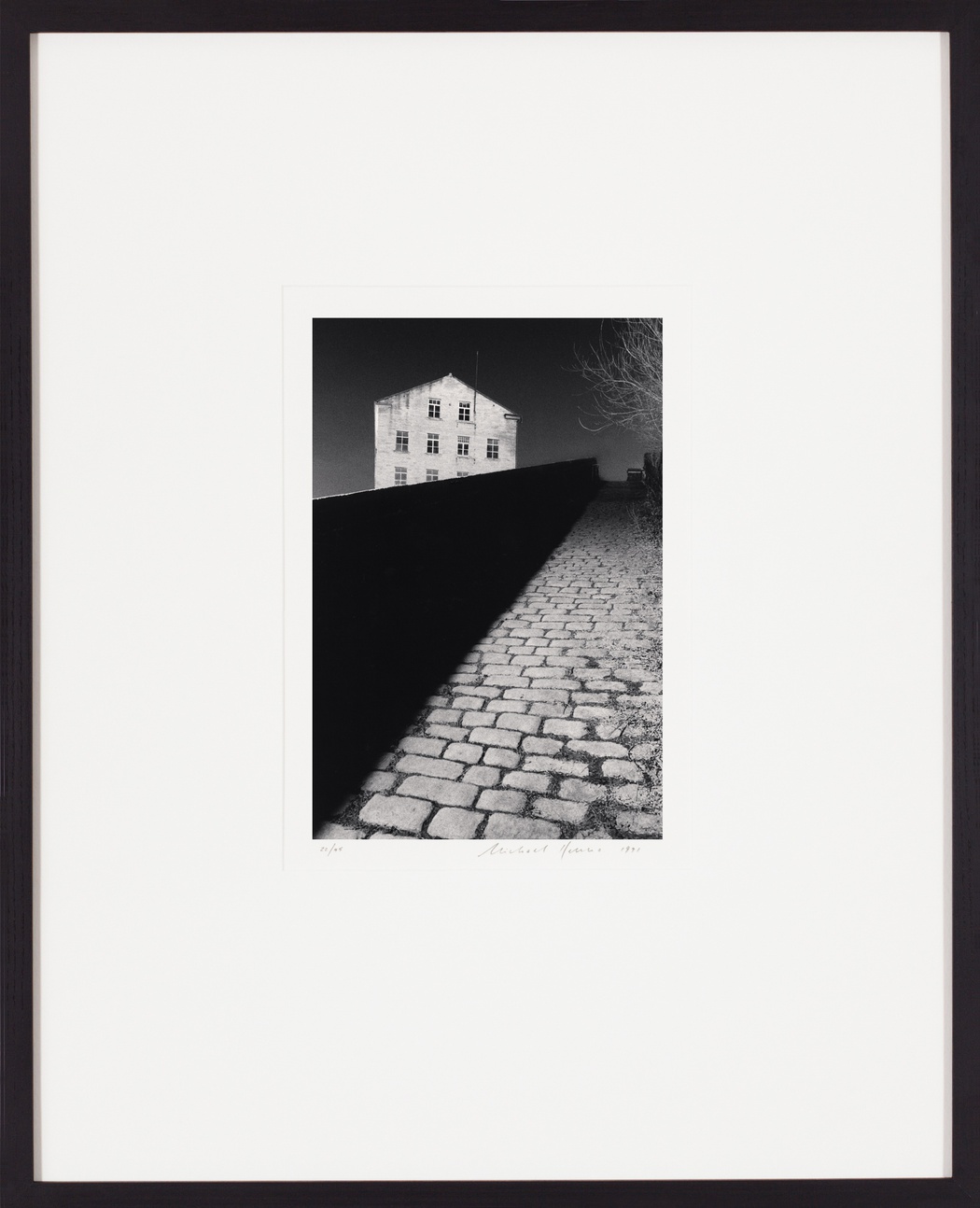
Framing photographic prints is a whole art in itself, and there are a myriad of considerations to get ‘just right’ in order to enhance the visual impact of the photograph. Here are my top tips…
FRAME STYLE
Flat-fronted frame mouldings often work best for contemporary prints. Black mouldings (often no more than 15mm wide and 25mm deep) often look best for modern black and white prints. Rare, vintage black and white prints often look best in a slightly deeper traditional black box frame. Black is often too overbearing to frame colour prints, consider a softer style and use an oak, walnut or white moulding.
HINGE, BOOK & DRY MOUNTING
The value of your investment is in the print itself as the collectable object and it is essential to preserve the integrity of the print. Hinge mounting with archival tape is reversible and won’t damage the print. For traditional book-mounting, a bright single, neutral coloured mount works best to compliment the photograph. For large prints, consider dry-mounting them to a rigid backing surface such as aluminium dibond, to stop them waving, and using a tray frame with no mount for greater visual impact. Always choose archival mountboard and tape, as they are acid-free and won’t yellow over time.
CONSERVING & PROTECTING THE PRINT
The three benefits of using museum glass are that it is neutral in colour (and so faithful to the original tones in the artwork), it cuts down reflections and it cuts out UV radiation, ensuring the print won’t fade if exposed to sunlight. Museum glass is costly, but consider it an investment. A recommendation is Schott Mirogard Plus glass which cuts out 99% of UV radiation at the critical range.
SIZE & SCALE
The frame moulding and mount need to compliment the photograph. If the frame moulding is too big it will overwhelm the print, if too much mount is used it can understate the impact of the photograph. Please get in touch if you aren’t sure, as it is easy to make a mistake.
Please contact Luke Whitaker to see examples of our framing, and to discuss your requirements here.